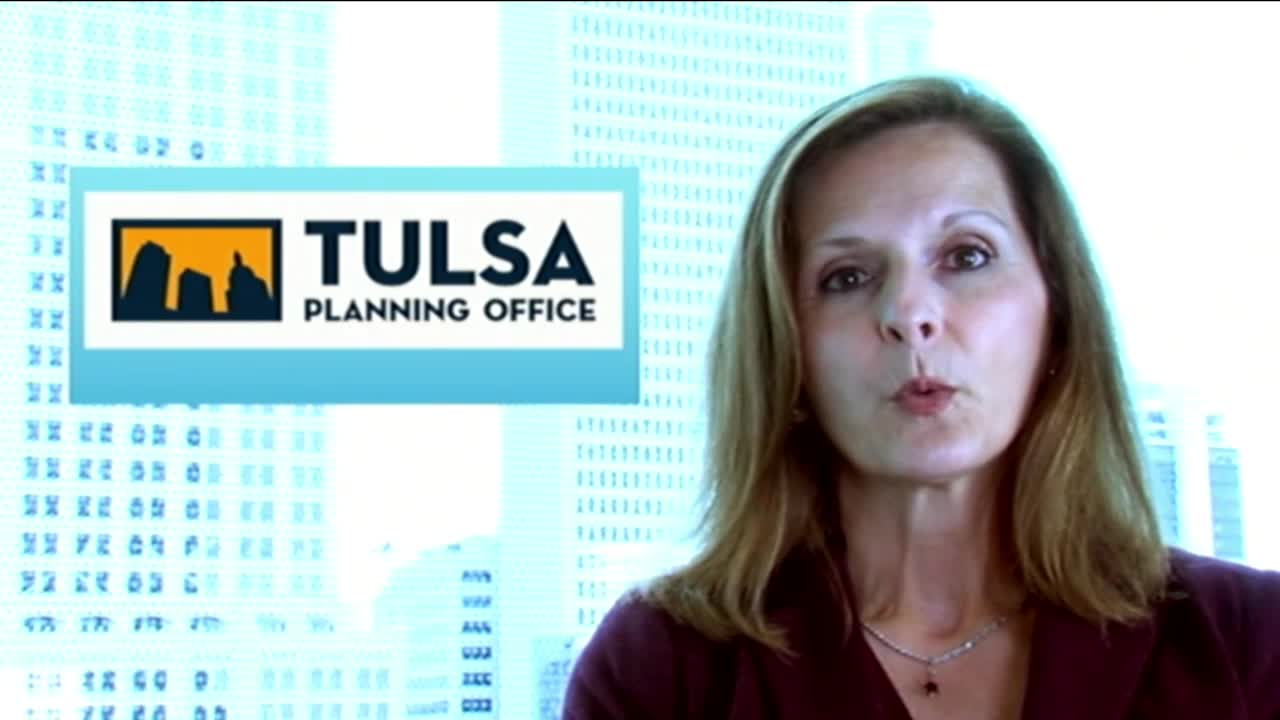Forensic team uncovers secrets of Tulsa Race Massacre victims
August 12, 2024 | Animal Welfare Commission Meetings, Tulsa, Tulsa County, Oklahoma

This article was created by AI summarizing key points discussed. AI makes mistakes, so for full details and context, please refer to the video of the full meeting. Please report any errors so we can fix them. Report an error »

In a recent government meeting, Phoebe Stubblefield, the lead forensic anthropologist for the Tulsa Race Massacre investigation, provided an in-depth overview of the processes involved in analyzing remains exhumed from the Oak Lawn cemetery. Stubblefield detailed the use of advanced radiography techniques to identify features associated with the cause of death and artifacts found with the remains, such as buttons and funerary hardware.
The forensic team employs a meticulous approach, ensuring that each burial is processed separately to avoid mingling of remains. This involves inventorying skeletal elements, repairing damaged bones, and analyzing indicators of sex and age, as well as any signs of past injuries or health conditions. The lab is equipped with a microscopy station for detailed analysis and data processing, which is crucial for maintaining accurate records of the findings.
Stubblefield emphasized the importance of this work in uncovering the historical context of the Tulsa Race Massacre, which occurred over a century ago. The investigation has been ongoing for 20 years, and the city of Tulsa has made resources available online for those interested in the historical and investigative aspects of the case.
In addition to the forensic updates, the meeting also highlighted the city's Destination District Program, aimed at revitalizing underdeveloped areas of Tulsa to enhance community engagement and economic stability. The program seeks to create self-sustaining districts that can thrive for years to come, reflecting the city's commitment to improving the quality of life for residents and visitors alike.
The meeting concluded with a reminder about the importance of recycling, encouraging residents to participate actively in local sustainability efforts.
The forensic team employs a meticulous approach, ensuring that each burial is processed separately to avoid mingling of remains. This involves inventorying skeletal elements, repairing damaged bones, and analyzing indicators of sex and age, as well as any signs of past injuries or health conditions. The lab is equipped with a microscopy station for detailed analysis and data processing, which is crucial for maintaining accurate records of the findings.
Stubblefield emphasized the importance of this work in uncovering the historical context of the Tulsa Race Massacre, which occurred over a century ago. The investigation has been ongoing for 20 years, and the city of Tulsa has made resources available online for those interested in the historical and investigative aspects of the case.
In addition to the forensic updates, the meeting also highlighted the city's Destination District Program, aimed at revitalizing underdeveloped areas of Tulsa to enhance community engagement and economic stability. The program seeks to create self-sustaining districts that can thrive for years to come, reflecting the city's commitment to improving the quality of life for residents and visitors alike.
The meeting concluded with a reminder about the importance of recycling, encouraging residents to participate actively in local sustainability efforts.
View full meeting
This article is based on a recent meeting—watch the full video and explore the complete transcript for deeper insights into the discussion.
View full meeting
